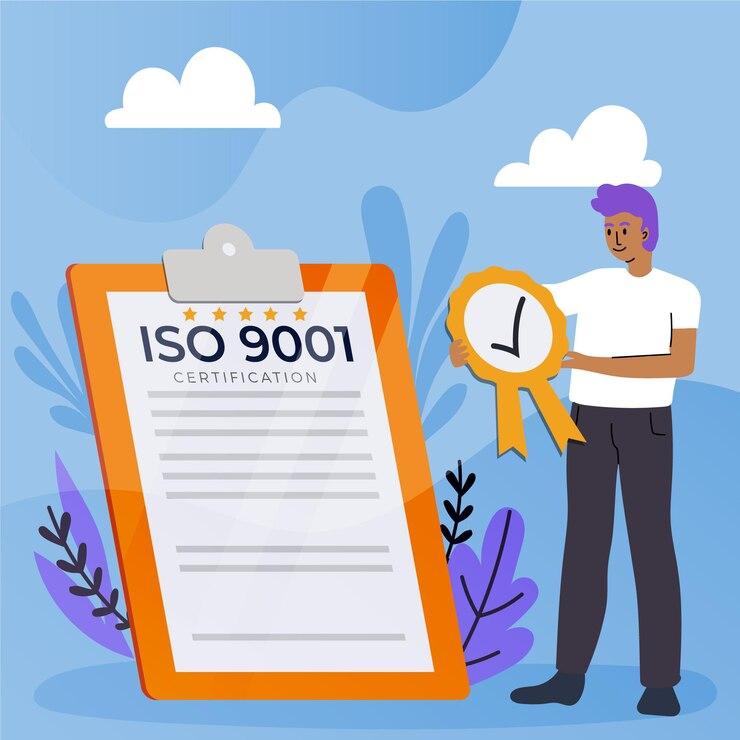Introduction In today’s competitive business environment, organizations strive to enhance customer satisfaction, improve efficiency, and establish credibility. One of the most effective ways to achieve these goals is through ISO 9001 certification. This globally recognized standard sets out the criteria for a quality management system (QMS) and helps businesses demonstrate their commitment to continuous improvement.
1. Understanding ISO 9001 Certification ISO 9001 is an international standard developed by the International Organization for Standardization (ISO). It provides a framework for organizations to implement a QMS that ensures consistent quality in products and services. The certification applies to businesses of all sizes and industries, helping them streamline processes and enhance overall performance.
2. Key Benefits of ISO 9001 Certification
-
Improved Customer Satisfaction: ISO 9001 focuses on meeting customer expectations and enhancing service quality, leading to increased customer trust and loyalty.
-
Operational Efficiency: The standard promotes efficient workflows, reducing waste and optimizing resource utilization.
-
Enhanced Credibility and Marketability: Organizations with ISO 9001 certification gain a competitive edge, as the certification signals reliability and commitment to quality.
-
Compliance with Regulatory Requirements: Many industries require adherence to specific regulations. ISO 9001 helps businesses meet these requirements and avoid legal complications.
-
Encouragement of Continuous Improvement: The standard emphasizes ongoing monitoring, evaluation, and improvement of business processes.
3. Steps to Achieve ISO 9001 Certification
-
Gap Analysis: Assess current processes against ISO 9001 requirements to identify areas for improvement.
-
Develop a Quality Management System: Establish policies, procedures, and documentation aligned with ISO 9001 standards.
-
Employee Training and Implementation: Ensure staff members understand and follow the QMS guidelines.
-
Internal Audit: Conduct an internal audit to assess compliance and address potential non-conformities.
-
Certification Audit: Engage an accredited certification body to perform an external audit and verify compliance.
-
Continuous Monitoring and Improvement: Maintain the certification by regularly reviewing and improving processes.
4. Conclusion ISO 9001 certification is more than just a credential—it is a strategic investment in quality, efficiency, and customer satisfaction. By adopting ISO 9001 standards, businesses can enhance their credibility, improve operational performance, and drive long-term success. Whether you are a startup or an established enterprise, obtaining this certification can significantly impact your growth and reputation in the industry.
